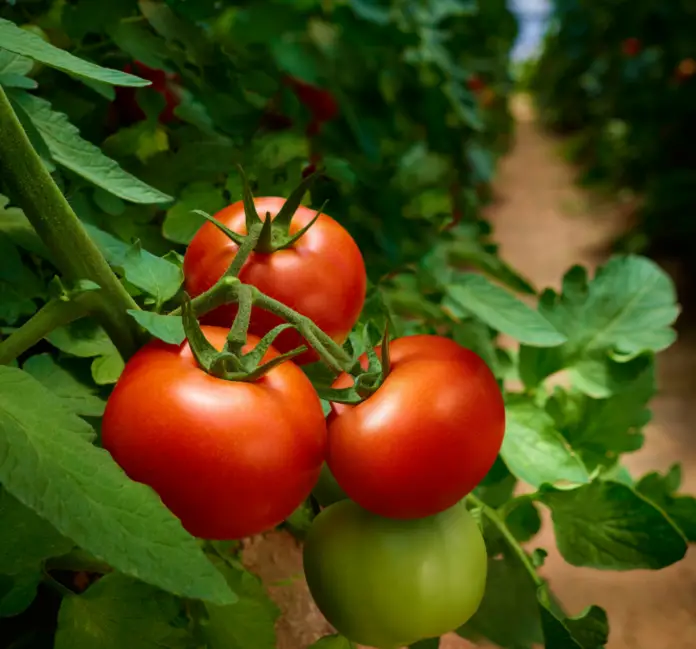
Yewhort is reader-supported. When you buy through links on our site, we may earn an affiliate commission.
Tomato plants are a staple in many gardens, loved for their juicy, flavorful fruits. However, to get the best yield, proper pruning is essential. Pruning tomato plants helps improve air circulation, reduce disease, and focus the plant’s energy on producing fruit. Here’s a comprehensive guide to pruning your tomato plants for a bountiful harvest.
Why Prune Tomato Plants?
Pruning tomato plants offers several benefits:
- Improves Air Circulation: Reduces the risk of fungal diseases by allowing better airflow.
- Increases Sunlight Exposure: Ensures that all parts of the plant receive adequate sunlight.
- Directs Energy to Fruit Production: Helps the plant focus its energy on producing larger, healthier fruits.
- Reduces Disease Risk: Keeps foliage dry and reduces the chances of disease.
Types of Tomato Plants
Before you start pruning, it’s essential to understand the type of tomato plants you have:
1. Determinate (Bush) Tomatoes
- Growth Habit: Grow to a fixed size and produce fruit all at once.
- Pruning Needs: Minimal pruning is required. Focus on removing suckers below the first flower cluster.
2. Indeterminate (Vining) Tomatoes
- Growth Habit: Continue to grow and produce fruit throughout the season.
- Pruning Needs: Regular pruning is essential to manage growth and optimize fruit production.
When to Prune Tomato Plants
Start pruning when your tomato plants are 12-18 inches tall. Continue to prune throughout the growing season to maintain plant health and productivity.
How to Prune Tomato Plants
1. Identify Suckers
- What are Suckers? Suckers are the small shoots that grow in the leaf axils, the space between the main stem and the leaf.
- Why Remove Them? Suckers can drain energy from the plant, reducing fruit size and quality.
2. Remove Lower Leaves
- Why: Removing the lower leaves helps prevent soil-borne diseases from splashing onto the foliage.
- How: Snip off the lower leaves with clean, sharp scissors or pruners.
3. Prune Suckers
- For Determinate Tomatoes: Remove suckers below the first flower cluster to prevent overcrowding.
- For Indeterminate Tomatoes: Remove all suckers regularly to maintain a single or double stem system. Pinch them off with your fingers or use pruners if they are larger.
4. Top the Plant
- When: Towards the end of the growing season, about a month before the first expected frost.
- Why: Topping the plant helps it focus on ripening the existing fruit rather than producing new growth.
- How: Cut off the top of the main stem to stop further vertical growth.
Pruning Techniques
a. Single Stem Pruning
- How: Remove all suckers, leaving only the main stem.
- Benefits: Simplifies the plant structure and improves air circulation.
b. Double Stem Pruning
- How: Allow one sucker to grow along with the main stem, creating two main stems.
- Benefits: Increases fruit production while still maintaining good air circulation.
Tips for Successful Pruning
- Use Clean Tools: Always use clean, sharp scissors or pruners to avoid spreading diseases.
- Prune in Dry Weather: Prune during dry weather to reduce the risk of disease spread.
- Support Your Plants: Use stakes, cages, or trellises to support the pruned plants and keep them upright.
- Monitor for Diseases: Regularly check your plants for signs of disease and remove affected foliage immediately.
Conclusion
Pruning tomato plants is a crucial step in ensuring a healthy, productive garden. By removing suckers and lower leaves, and managing the plant’s growth, you can enjoy a bountiful harvest of delicious tomatoes. Happy gardening!
Feel free to pin this guide and share it with your gardening friends. Let’s grow those perfect tomatoes together!






